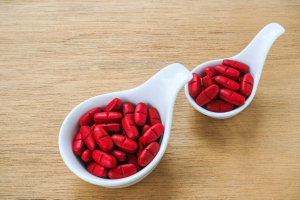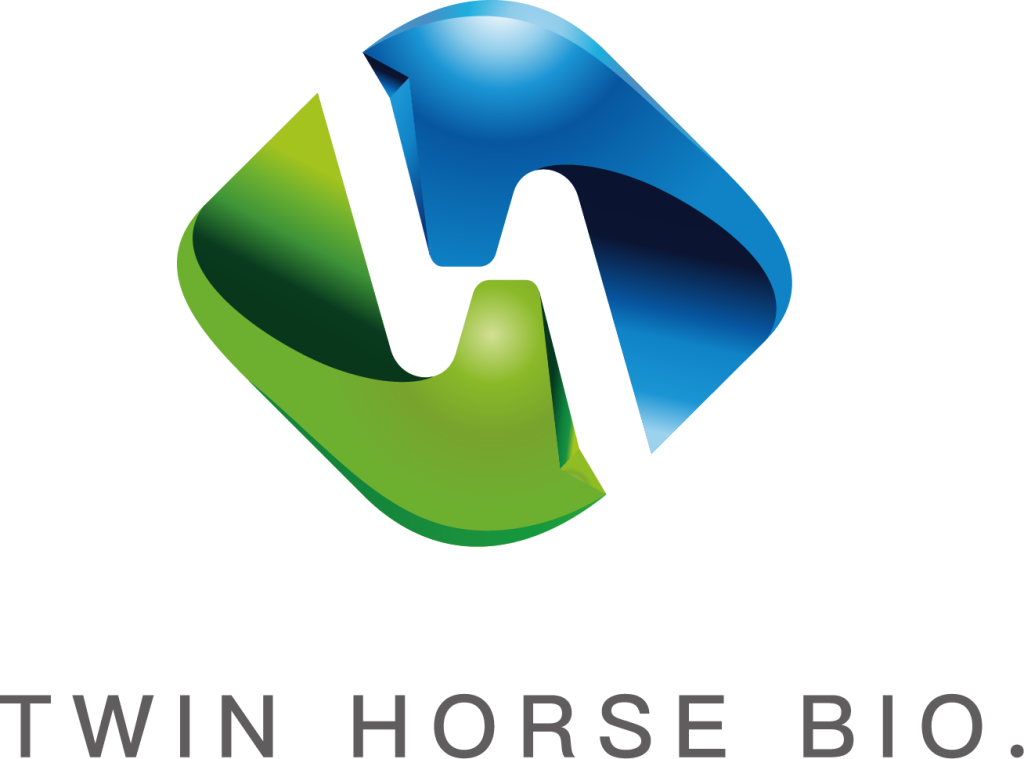The monacolin K content in 1200 mg of red yeast rice typically ranges from 1.2 mg (0.1%) to 12 mg (1.0%), depending on the product. Check labels for concentration details. For consistent results, take with food and split doses into 600 mg twice daily.
Table of Contents
ToggleMonacolin K Content Range
The quantity of monacolin K in 1200 mg of red yeast rice would depend on factors such as the mode of production, type of yeast strain used, and regulations in force relating to its production. Generally, this ranges between 0.1 to 1.0 percent of total weight monacolin K concentration. This would mean that a supplement having 0.3% monacolin K would offer 3.6 mg in 1200 mg of red yeast rice, while 0.7% will offer 8.4 mg.
For those desiring lower dosages, red yeast rice supplements containing 0.2% monacolin K are commonly preferred. That would yield 2.4 mg of monacolin K for a 1200 mg dosage, which could suffice for those either starting with the management of cholesterol or seeking mild effects. On the other hand, a product with 1.0% monacolin K would yield 12 mg in the same dosage and would hence be much more effective in ensuring substantial reduction of LDL cholesterol. It has been documented that the consumption of about 10 mg daily of monacolin K reduces LDL cholesterol by about 20%.
This translates to a meager dosage of 4.8 mg per 1200 mg for countries whose regulations have a limit of less than 0.4% monacolin K. These are usually precautions meant to prevent side effects that include, among others, muscle ache and liver strain from large doses.

Recommended Dosage
Most literature suggests that the optimal intake of red yeast rice usually runs the gamut between 600 mg and 2400 mg per day. In support of low-moderate cholesterol, the commonly consumed quantity is 1200 mg in daily consumption; a dose of this level might commonly be divided into two portions-600 mg. Means for a product containing 0.4% monacolin K, a 1200 mg daily dose would deliver 4.8 mg of monacolin K, which is within the range commonly used in clinical studies demonstrating its efficacy for lowering LDL cholesterol.
Higher doses up to 2400 mg daily may be needed with medical supervision for those needing stronger cholesterol-lowering effects. In a dosage of 2400 mg, 0.6% monacolin K would amount to 14.4 mg, a dose that approaches the levels found in prescription drugs such as lovastatin. Clinical trials have shown that in doses in this range, LDL cholesterol can be reduced by 20-25% over several months.
Individuals who are particularly sensitive to the active cholesterol-lowering compounds or trying the product made from red yeast rice for the first time may require a starting dose as low as 600 mg daily. For a product containing 0.2% of monacolin K, this would be 1.2 mg of monacolin K at a dose of 600 mg – less ‘aggressive’ when managing cholesterol levels. Combined with exercise and a diet with an elevated intake of dietary fiber and omega-3 fatty acids, red yeast rice, even in much-reduced dosages, increases benefits.
Primary Benefit
The active dose is 10 mg of monacolin K daily, which is the typical content in red yeast rice dietary supplements. It reduces LDL cholesterol by about 20-25% over a period of 12 weeks. In case an individual has baseline LDL cholesterol of 160 mg/dL, a reduction by this rate would lower it within a range of 120-128 mg/dL. This will be so significant, especially to people at risk of cardiovascular diseases, because a 10% reduction in LDL cholesterol equates to a 20% reduction in heart disease risk.
In this study, those on red yeast rice with 6 mg a day of monacolin K produced an LDL reduction of 18% after eight weeks. Red yeast rice might be more cost-effective as supplements often range between $20 and $40 monthly when compared to prescription costs topping over $100.
In one study, 1200 mg per day, containing 6 mg of monacolin K, lowered total cholesterol by 15-20% and triglycerides by 10-15% over 8-12 weeks.
Additional Benefits
With RYR dosing of 1200 mg a day, containing about 6 mg of monacolin K, triglycerides can be reduced by 15-20% over a period of 12 weeks. In someone whose triglycerides are at 200 mg/dL, this might bring levels down to the healthy range of 160-170 mg/dL, thus decreasing the risk of pancreatitis and other metabolic complications associated with high levels of triglycerides.
The active major components of red yeast rice include unsaturated fatty acids, isoflavones, and phytosterols, acting against oxidative stress. This may be particularly important in patients with high cholesterol, since the development of plaques in arteries is very often associated with oxidative stress. Long-term supplementation with red yeast rice was noted to lower markers of oxidative damage by 10-15%, further protecting cardiovascular health.
In one study involving individuals with mild insulin resistance, supplementation with 1200 mg of red yeast rice daily for 8 weeks reduced fasting blood glucose levels by an average of 10%. For someone who has a baseline glucose level of 100 mg/dL, this could drop levels to 90 mg/dL with this improvement, possibly reducing the risk of progression to type 2 diabetes.
Precautions
Subjects taking 2400 mg of red yeast rice daily for 12 weeks experienced an average 15-20% elevation in ALT levels with some reaching levels above the upper limit of the healthy range of 7-56 U/L.
Because red yeast rice may increase the risk for the side effects associated with statin drugs, such as muscle cramps, pain, and weakness it should not be used along with other cholesterol-lowering medications, including prescription statins. In particular: a 25% increased incidence of muscle-related side effects compared to use of either treatment alone. Similarly, taking red yeast rice along with grapefruit products could also potentiate its action due to similar metabolic pathways of these products in the liver.
Red yeast rice is contraindicated in pregnant and lactating women because high dosages of monacolin K could affect the development of the fetus, although no data in humans has been reported. According to studies, muscle-related adverse effects have been reported to occur in about 5-10% of users when dosages of 1200-2400 mg are taken daily, especially in those with predisposing conditions.







